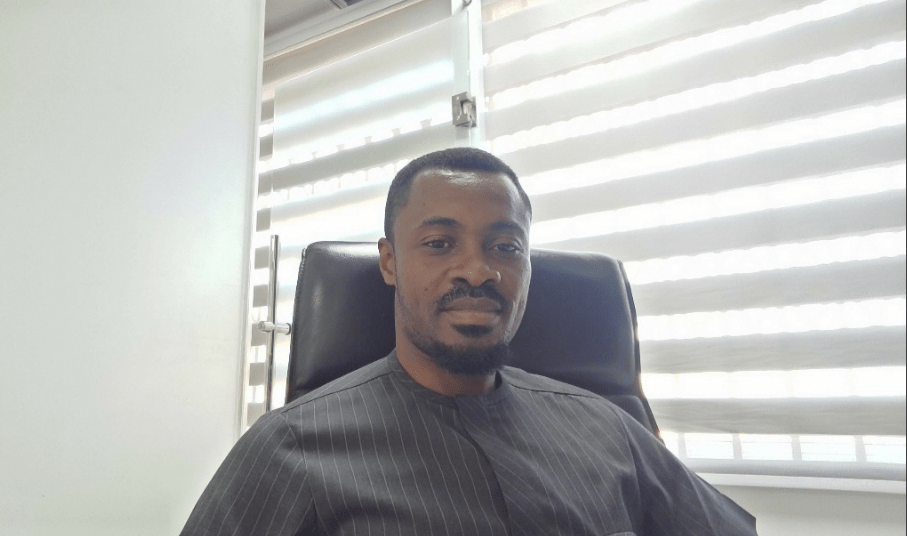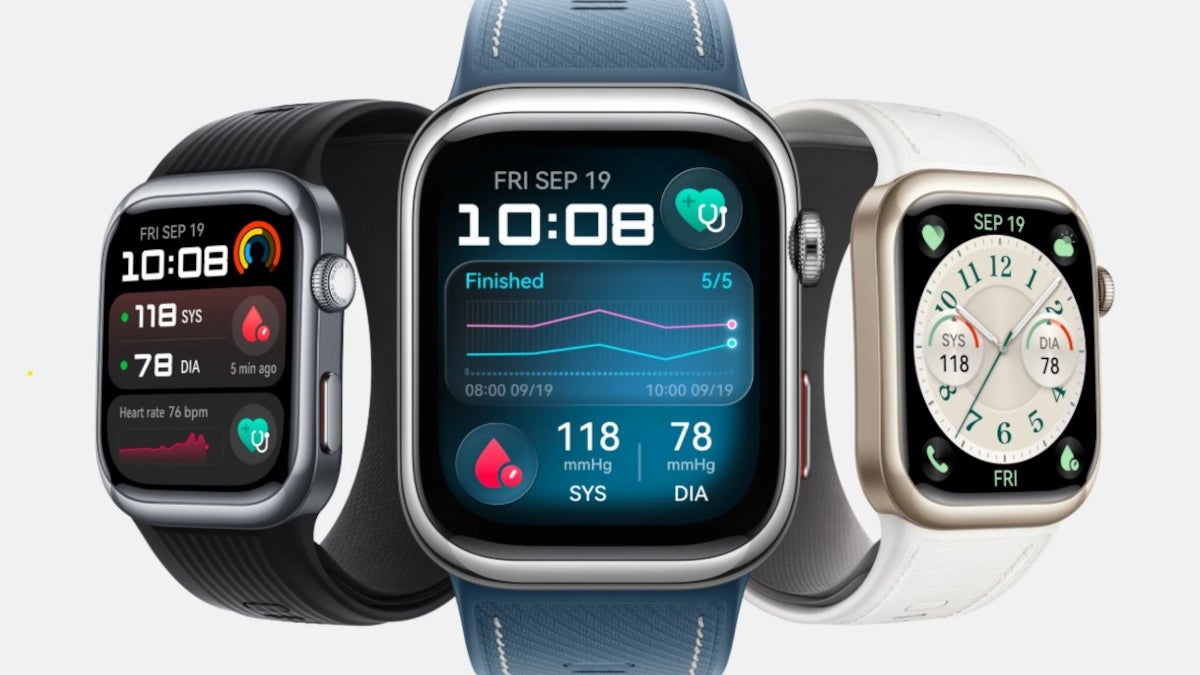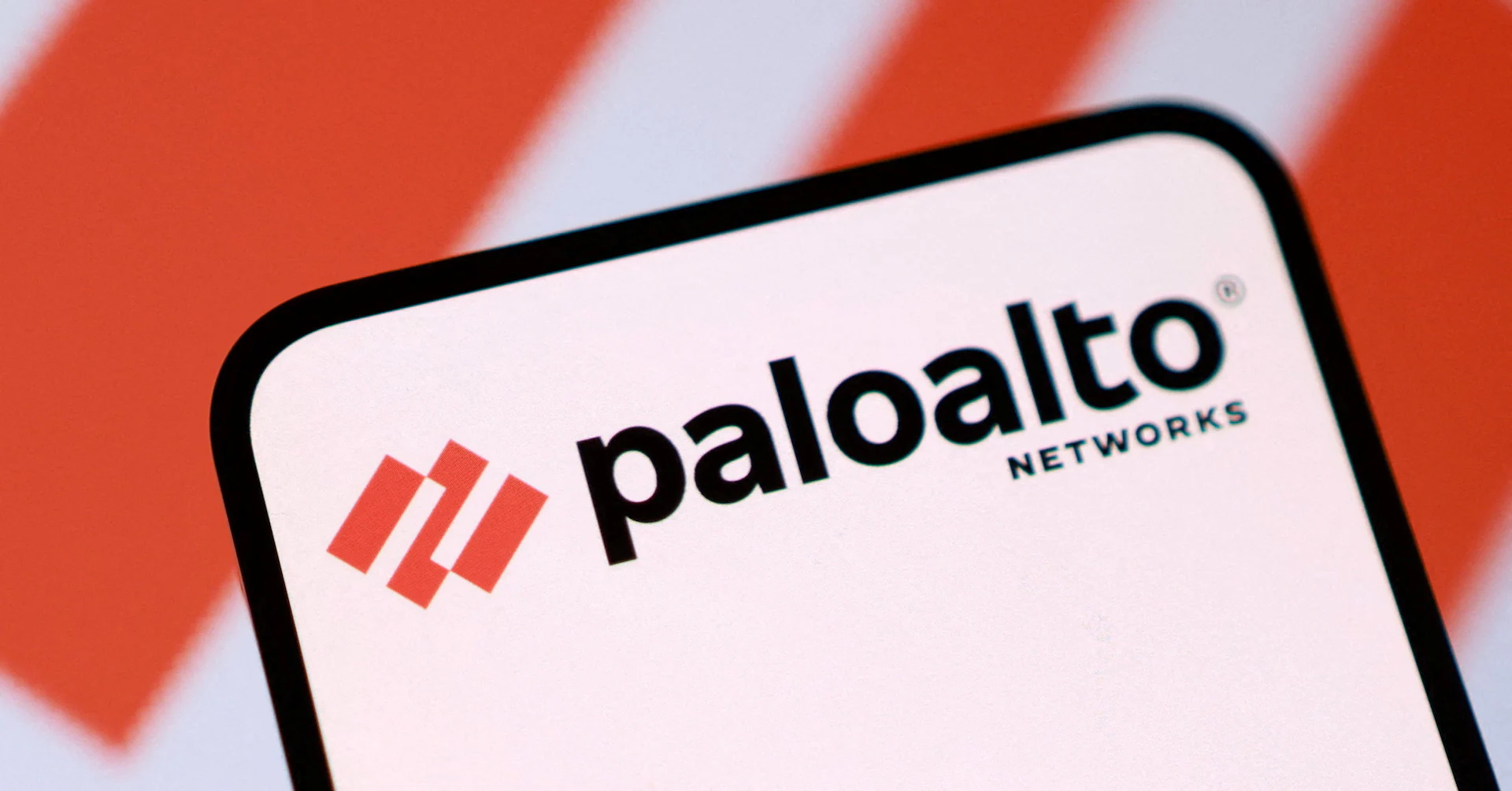Copyright thebftonline

By Desmond Isaac ADDO In August, the Bank of Ghana launched its Sustainable Banking Principles, urging banks to support projects that protect the environment while growing the economy. Around the same time, the world’s largest climate fund, the Green Climate Fund (GCF), reported that more than $12 billion had been committed to green projects worldwide. These are reminders that the money to build a cleaner, more resilient Ghana already exists. The real question is: will we tap into it? Green finance is basically money that is used in ways that protect the environment and fight climate change. It’s about putting money into projects that help nature instead of harming it; like planting trees, using solar power, recycling, or building clean transport. In other words, green finance is money with a mission: profit, yes, but also protection. Why does Green Finance matter for Ghana? Ghana is already feeling the heat, literally. From coastal erosion to droughts in the north, climate risks are not distant problems; they are here. Add in rising energy costs, food insecurity, and unemployment, and the case becomes clear: Ghana needs new, smarter ways to finance its growth. Globally, the pool is large. Each year, over $1.3 trillion flows into sustainable finance and climate-related investments. Institutions like the World Bank, African Development Bank (AfDB), and Green Climate Fund (GCF) are actively looking for strong proposals from countries like Ghana. Government, businesses, and even individuals can all position themselves to benefit. Where Ghana can use Green Finance Here are some practical areas where green finance could transform our economy: Energy – Expanding solar and wind power can lower electricity costs, reduce reliance on imported fuel, and create jobs in renewable industries. Agriculture – Green loans for irrigation, climate-smart seeds, and mechanization can help farmers secure reliable harvests despite changing rainfall. Transport – Financing electric buses or trains can reduce traffic pollution and dependence on imported fuel. Waste management – Green funding can support recycling plants, composting facilities, and biogas, turning waste into wealth. Forestry & land use – Carbon credit programs can incentivize communities to protect forests while earning income from international buyers. For ordinary Ghanaians, this isn’t abstract. Imagine your local school powered by solar panels, your bank offering green bonds you can invest in, or your business cutting electricity costs because of a renewable energy loan. Mechanisms of Green Finance: How the money flows Green finance comes alive through practical tools and partnerships; here’s how the money actually moves: Green Bonds – These are special bonds issued by governments, banks, or companies to raise funds for environmentally friendly projects. The money is strictly used for green initiatives like renewable energy, waste management, or sustainable transport. Nigeria issued Africa’s first sovereign green bond in 2017, using it to finance solar power and afforestation projects. Ghana can follow this model by issuing green bonds to fund solar mini-grids in rural areas, electric bus systems in cities, and large-scale reforestation along degraded forest belts. Green Loans & Credit Lines – These are loans offered on favorable terms to businesses or households that meet sustainability goals. For instance, Consolidated Bank Ghana’s SME loan schemes could be adapted to support energy-efficient equipment, solar installations, or recycling machinery, while the Development Bank Ghana (DBG) can open a dedicated green credit window for renewable energy startups and climate-smart agribusinesses. This would help local entrepreneurs access capital to grow green enterprises that create jobs and reduce environmental harm. Carbon markets & credits – These are systems that allow countries, companies, or communities to earn money by reducing or removing carbon emissions. For example, if a community plants trees or protects forests, the amount of carbon those trees absorb can be measured and sold as “carbon credits” to countries or businesses that want to offset their emissions. Ghana is already pioneering this. In 2023, Ghana signed the first Article 6 carbon trading deal with Switzerland, creating a framework for selling verified emission reductions. This can bring in millions of dollars in foreign exchange while rewarding climate-smart projects like renewable energy, reforestation, and clean cooking initiatives. For local communities, this means jobs and direct income from protecting nature. Climate Funds & Grants – Global institutions like the Green Climate Fund (GCF), Global Environment Facility (GEF), and Adaptation Fund provide concessional financing for climate projects. These funds are accessible not only to government ministries but also to private companies, NGOs, and development partners. Ghana recently secured $120 million in GCF support to strengthen agriculture and water resilience in the northern regions; proof that well-prepared proposals can attract significant global funding. Public–Private Partnerships (PPPs) – Government can use guarantees, incentives, or risk-sharing arrangements to attract private investment into clean energy and sustainable infrastructure. For example, mini-grid projects in the Volta and Northern regions could be jointly financed by the Energy Commission, Electricity Company of Ghana (ECG), and private renewable energy developers. These partnerships can expand access to electricity while reducing the fiscal burden on government. Insurance & risk-sharing mechanisms – These are financial tools that help people, businesses, or governments share or transfer the risk of losses caused by climate-related events such as floods, droughts, or storms. In simple terms, they make sure that when disasters strike, no one bears the full cost alone. Green finance can make such products more affordable and widespread. For example, expanding the Ghana Agricultural Insurance Pool (GAIP) with climate-linked insurance can protect farmers against failed harvests, helping them bounce back faster from droughts or floods. It ensures financial stability for farming communities and strengthens Ghana’s food systems against climate shocks. Lessons from elsewhere Malaysia in the 1970s was not too different from Ghana today; a developing country dependent on commodities like rubber and tin, seeking to industrialize and attract investment. But it made smart financing choices: channeling funds into infrastructure, renewable energy, and export-oriented industries. Today, Malaysia is a manufacturing and green technology hub. Ghana, too, can rise if we use tools like green finance to turn today’s vulnerabilities into tomorrow’s strengths. The road ahead Green finance is more than a global trend; it is a survival strategy. For Ghana, it offers a chance to: Lower debt pressures by using concessional green funding. Create new industries and jobs in renewable energy, transport, agriculture and waste management. Build resilience against climate shocks while raising living standards. The opportunity is on the table. Billions of dollars are waiting to be accessed. The only question is whether Ghana, government, businesses, and citizens alike, will step forward to claim it. So, dear reader, what do you know about green finance today? Desmond Isaac ADDO Email: desmondisaacs01@gmail.com Contact: 0249445513



